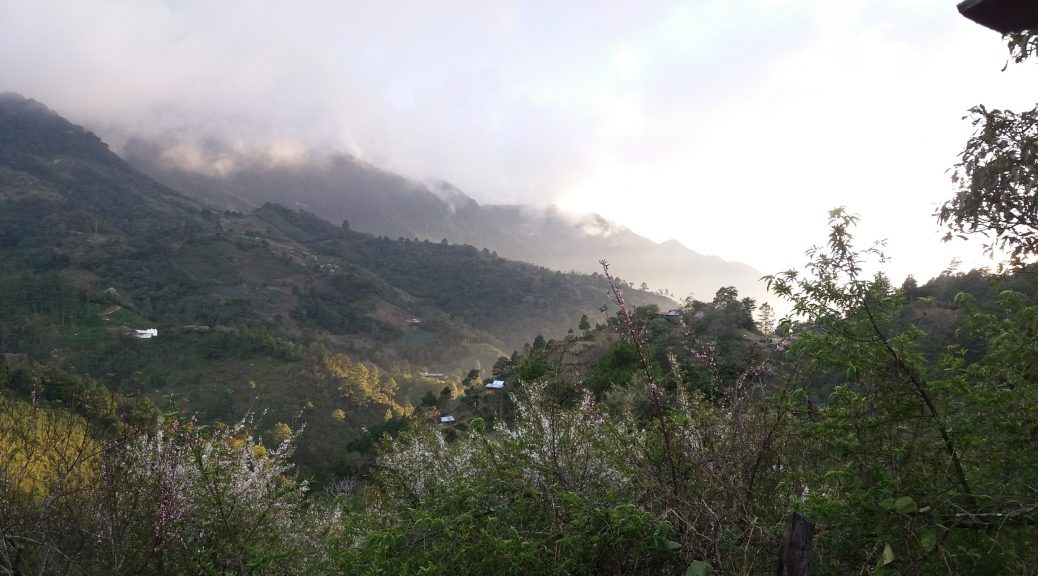Legacy of the armed conflict
This week (February 18-23) we focused on human rights and learned about Bishop Gerardi. He was a significant person in Guatemala who focused on uncovering the human rights violations committed by the military upon the indigenous community in the 1960s. We watched a documentary about the murder of Monsignor Gerardi that was called, “The Art of Political Murder.” The documentary discussed the massive impact many people faced when Gerardi died in 1998, as well as the impunity and lack of fear

of repercussions the military displayed. Gerardi was a person who provided a voice to many people who were not allowed to speak about their pain and what happened to their community. During the years of civil war (1960–1996) the military was displacing, brutally murdering, and trying to wipe out the indigenous communities. Their stated intentions were to eradicate the enemy known as the “Guerillas”, however, Gerardi devoted himself to publicizing the truth and the true intentions of the massacres. A statistical fact that astonished me was that the military caused 93% of the war’s atrocities, while the guerillas only caused 3% and the last 4% remaining was unknown. It spoke volumes about how much destruction and trauma the military caused and that many people still face today.
The next day we went to Monsignor Gerardis’ office and talked to one of the team members. We asked if they still face the danger of working with human rights. She discussed how two weeks ago they were robbed and their computers were the only things that were stolen. They believed it was politically motivated and that the thieves were somehow related to the military. Even today there is the governmental threat of hiding secrets of violations that happened.
Overall this week was full of overwhelming information on how much damage the military did, and how there are communities still affected by it to this day.
–Marie Isabella Spaulding

